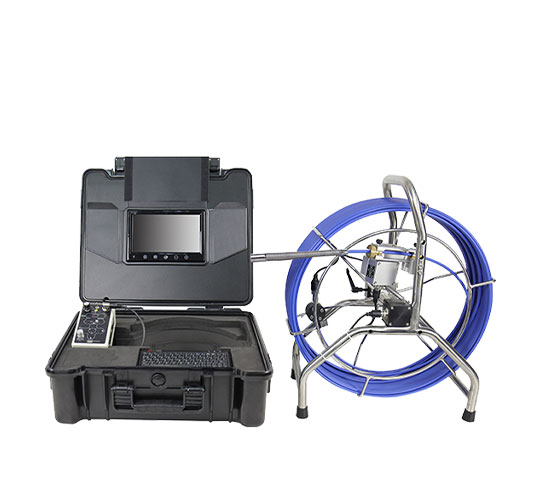Navigating Industrial Videoscope PriceS: Factors and Considerations
Industrial videoscopes have revolutionized the inspection and maintenance processes across various industries, enabling professionals to visually assess hard-to-reach areas with precision and efficiency. As the demand for these advanced inspection tools grows, understanding the factors that influence industrial videoscope prices becomes essential for informed decision-making. In questo articolo, we’ll delve into the world of industrial videoscope prices, exploring the key factors and considerations that play a role in determining their cost.
Factors Influencing Industrial Videoscope Prices:
- Resolution and Image Quality: Higher resolution videoscopes with superior image quality tend to come at a premium. Clarity and detail are vital for accurate inspections, especially in industries like aerospace, automotive, and manufacturing.
- Probe Length and Diameter: The length and diameter of the probe impact the scope’s versatility and applicability. Longer and thinner probes are often required for inspections in tight spaces, which can increase the cost due to advanced engineering and materials.
- Articulation Capability: Articulating videoscopes have the ability to navigate bends and curves, providing a broader scope of inspection. Enhanced articulation technology can lead to higher costs.
- Lighting Technology: High-quality illumination is crucial for clear visuals. Advanced lighting options, such as adjustable LED brightness and UV lighting, contribute to higher prices.
- Durability and Build Quality: Industrial environments demand rugged equipment. Videoscopes designed with durable materials to withstand harsh conditions, like extreme temperatures and chemicals, tend to be more expensive.
- Recording and Documentation Features: Videoscopes with built-in recording and documentation capabilities add value by allowing users to capture and analyze inspection footage. These features often come at an additional cost.
- Portability and Ergonomics: Compact and ergonomic designs that enhance portability and ease of use may impact prices. Features like wireless connectivity and touchscreen interfaces can contribute to the overall cost.
Considerations When Evaluating Industrial Videoscope Prices:
- Application Requirements: Define your specific inspection needs. Different industries require different features and specifications. Choosing a videoscope that aligns with your application is essential to avoid overspending on unnecessary features.
- Return on Investment (ROI): Consider the long-term benefits of investing in a higher-priced videoscope. Improved efficiency, accuracy, and reduced downtime can contribute to significant ROI.
- Training and Support: Factor in the cost of training and technical support. Some manufacturers offer comprehensive training programs that ensure proper utilization of the videoscope’s features.
- Brand Reputation: Established brands often offer a balance between quality and price. While reputable brands might come with a higher initial cost, they may provide better performance and after-sales support.
- Accessories and Maintenance: Additional accessories, such as probe extensions, replacement parts, and calibration services, can contribute to the overall cost of ownership.
Conclusione: Industrial videoscopes have become invaluable tools for professionals in various industries, streamlining inspection and maintenance processes. When evaluating industrial videoscope prices, it’s crucial to consider the specific needs of your application, the features that align with those needs, and the long-term benefits the investment will bring. By carefully weighing these factors and considering the total cost of ownership, you can make an informed decision that maximizes the value of your investment while meeting your inspection goals.


